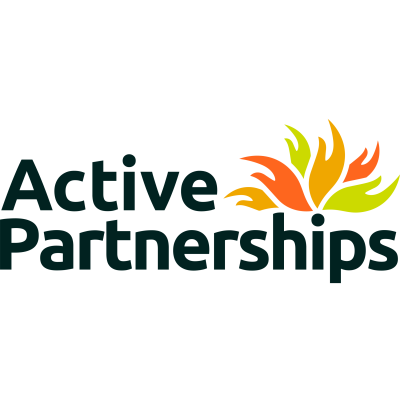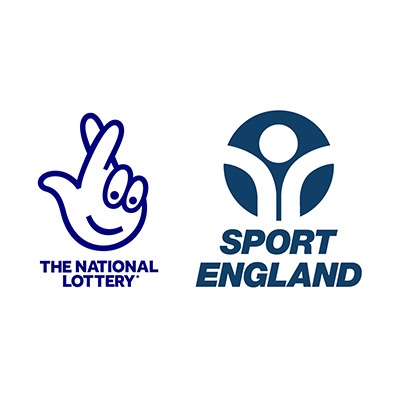The findings of Sport England’s second annual Active Lives Survey were released in December 2019 and demonstrate that children’s activity levels are on the rise. Although we only have two data sets to compare to date, the results are a step in the right direction as they show a 3.6% increase in the number of children in England doing an average of 60 minutes or more of physical activity a day. This equates to 46.8% of the nation’s children and young people meeting the Chief Medical Officer Guidelines for physical activity. Although this is positive, we still have a worrying number of children and young people (2.1m) doing fewer than 30 minutes of activity a day.
The first year of the Active Lives Survey highlighted the scale of the inactivity challenge we are facing as a country. Although there has been an increase in activity levels and reductions in those who are less active in year two, the inequality gaps remain consistent on the whole. Boys (51%) are more likely to be active than girls (43%) with the gap widest amongst Asian, Black and ‘other’ children and young people. Those from low affluence families as well as children with a disability or long-term health condition are more likely to be less active. The first Active Lives Children and Young People survey showed that enjoyment above all other elements of physical literacy is the biggest driver of children’s activity levels. As a network, we are working hard at a local level with partners, schools and youth agencies to adopt innovative approaches to tackling these inequalities at both a strategic and programme level. We have learnt that a lot more time, energy and resource is needed to tackle these stubborn inequalities and believe that the growing Active Lives evidence-base is helping to drive a collaborative and whole-systems effort at a national and local level.
As a network, we are advocates of the need to adopt a whole-systems approach to tackling inactivity amongst children and young people. The sport and physical activity sector alone cannot reverse the stubborn trend in inactivity and the rising trend of obesity amongst school-aged children. We need to truly understand the eco system in which young people exist to try and change their behaviours and attitudes towards sport and physical activity for the better both inside and outside of school. The latest findings indicate that 57.2% of children are doing 30 minutes or more of physical activity outside of school compared to 40.4% at school and that there has been an increase in activity levels outside of school across all age groups from 12 months ago. As a network, we place equal importance on supporting and working with schools, local partners and youth agencies to support children to achieve the 30 minutes of activity a day in-school and 30 minutes a day outside of school Government guidelines and the Daily Mile and Satellite Clubs programme are just two of the initiatives we are leading on locally. We also welcome new funding from the Department of Education, which has invested £1.6 million to help schools in 19 areas across England collaborate with sports organisations to increase the opportunities to use school sports facilities outside the school day. The Active Partnership Network, supported by Sport England, will set up partnerships between schools and local sport providers, encouraging them to open up their sport facilities for fun and engaging sporting competitions, after school clubs and holiday activities.
The national Active Partnerships Children and Young People Group said:
“We are very proud of the key role our network of 43 Active Partnerships play in recruiting and supporting schools to complete this valuable survey. Schools, partners and the sport and physical activity sector now have a much better understanding of the behaviours and attitudes of children and young people towards sport and physical activity. At a local level, schools are beginning to use their Active Lives reports to help shape and inform their PE, School Sport and Physical Activity provision and effectively allocate their PE and Sport Premium. This evidence-based approach is helping to raise the profile of the valuable role PE, School Sport and Physical Activity can play in whole-school improvement”
The new Ofsted framework has helped to embed the valuable role PE, School Sport and Physical Activity can play in a child’s personal development. Furthermore, the associations flagged by the Active Lives data between physical literacy, especially enjoyment, and activity levels helps to consolidate this further. The evidence is clear that active children are happier, more resilient and more trusting of others and also have higher levels of mental wellbeing, individual development and community development. Active Partnerships and other partners have a critical role in supporting schools to better understand how PE, School Sport and Physical Activity can contribute and drive whole-school improvement along with wider social outcomes as we prepare children for adulthood.
Charlie Crane, Partnership Manager for the Active Partnerships National Team said:
“ Sport England’s Active Lives Children and Young People Survey is the largest study of its kind and is now gaining international recognition and accolade. We are well positioned as a network to recruit and support schools to complete the survey and we are very proud of our network’s efforts to achieve over 130,000 responses from children aged 5-16 in England for a second year running. We welcome the on-going investment from Sport England to support their children and young people priorities and programmes and we look forward to continuing to our work in this area”
Overall, the Active Lives Survey has provided a much-needed evidence-base for children’s attitudes and behaviours towards sport and physical activity. This rich insight is being used on a day to day basis to help inform, plan and implement needs-led provision to try and engage the least active children across our counties in partnership with the education, transport and health sectors. We know that there is still a lot of work to be done to try and tackle these stubborn trends and inequalities but we are fully committed as a network to supporting a whole-systems approach to getting children and young people more active now and in the future.
To find out more on the Sport England Active Lives Children and Young People’s survey go to: https://www.sportengland.org/news-and-features/news/2019/december/05/active-lives-children-and-young-people-survey-academic-year-201819-report-published/




